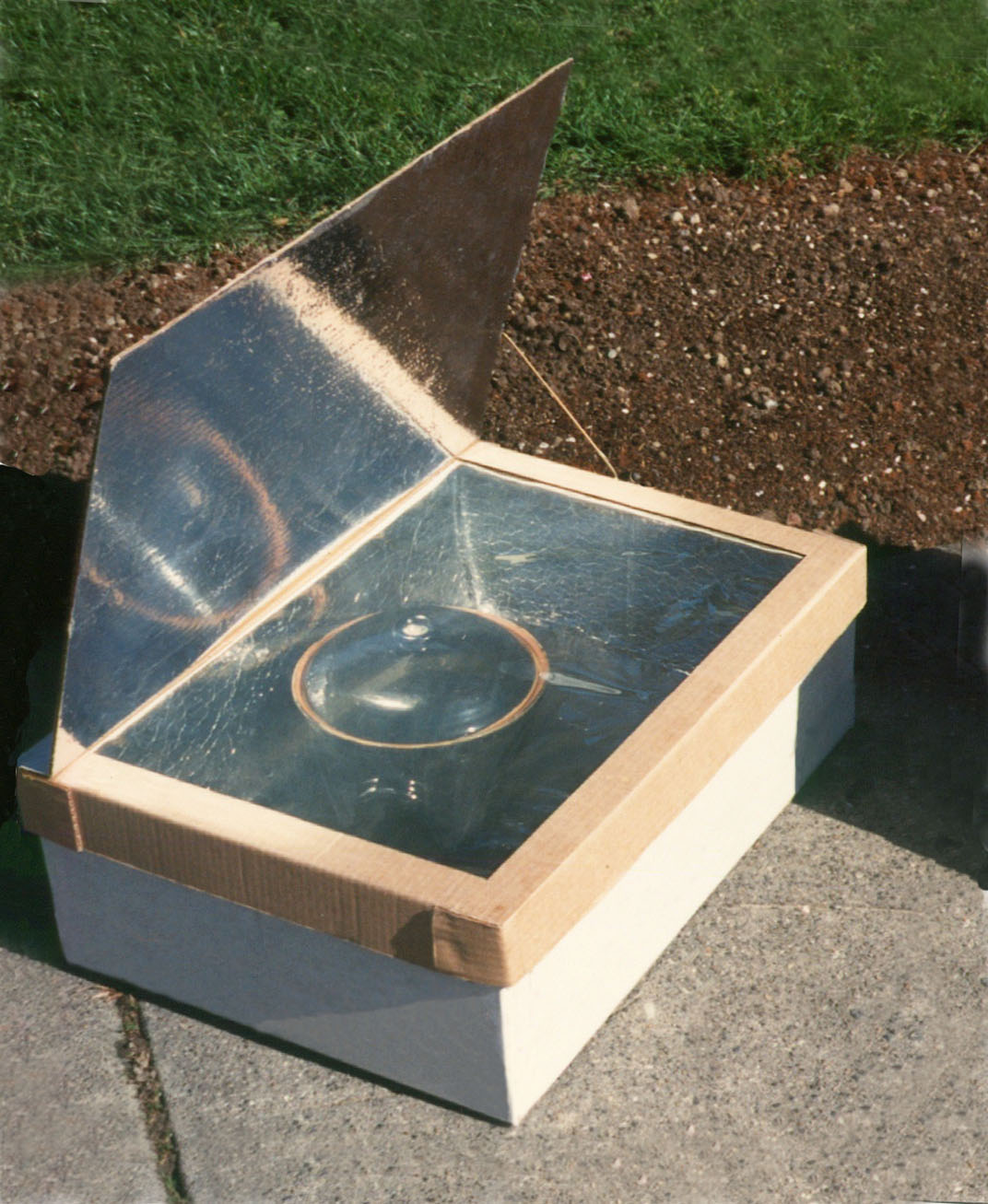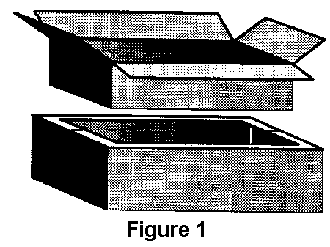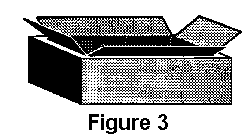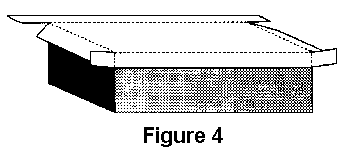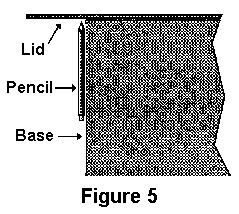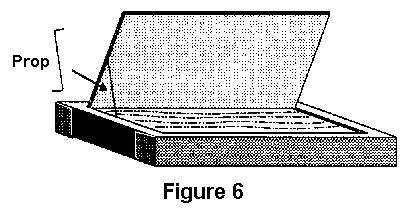ORGANIC BUG SPRAY FROM ONION SCRAPS
You
can make your own organic bug spray from kitchen leftovers! Simply save
your onion skins, peels and ends then refrigerate in an empty
margarine-sized tub or ziplock bag until the container is full. Once you
have enough, place the onion pieces in a pail and fill with warm water.
Soak for a few days, up to a week. You can keep this on the patio in
the sun to steep but this is optional. After one week, strain the onion
bits out and store the onion water in spray bottles.
Bury
the onion bits around plants that are prone to aphids, spiders and
other pests. Just spray both house and garden plants with the water to
fight aphids and pests. You can also mix your garlic trimmings in with
the onion pieces, bugs hate garlic too!
CURE FOR WHITE/BLACK SPOT (mildew)
Add *1 litre of FULL cream milk to an *8 litre watering can, watered on
Roses or mildew attracting plants, will kill white/black spot
SCALES
Make the oil spray by blending two cups of vegetable oil with one cup of pure liquid soap, and mix it until it turns white.
Dilute
one tablespoon of the emulsion to one litre of water and spray all
affected areas thoroughly. Do this during mild weather, because if it’s
hot it may burn the plant’s leaves.
Scales
shoot a sweet substance called honeydew. Ants literally farm the scale
to feed on the honeydew. They’ll pick them up and they’ll move them all
over the tree. Honeydew also leads to sooty mould, a black dusty fungus
that grows over the leaves and stems. Controlling the scale will also
get rid of the sooty mould.
If you
only have a small amount of scale, scrape it off with a fingernail or
toothbrush. Larger infestations can be controlled by spraying with an
oil to suffocate them.
To
keep APHIDS and OTHER PESTS off your roses: Finely chop 1 onion and 2
medium cloves of garlic. Put ingredients into a blender with 2 cups of
water and blend on high. Strain out pulp. Pour liquid into spray bottle.
Spray a fine mist on rose bushes, making sure to coat both tops and
bottoms of leaves.
GARLIC SPRAY
Chop
90 grams of garlic, cover with mineral oil let soak over night, strain,
add 1 litre of soapy water and store in a glass jar with a sealed lid.
Dilute one part garlic to 50 parts water for use in spraying.
ALUMINUM FOIL “FOILS” APHIDS
Use an aluminum foil much around the base of plants such as tomatoes. The reflection confuses the insects and drives them away.
GENERAL PESTICIDE
3
hot green peppers (canned or fresh) 2 or 3 cloves garlic 3/4 tsp liquid
soap 3 cups water Puree the peppers and garlic cloves in a blender.
Pour into a spray bottle and add the liquid soap and water. Let stand 24
hours. Strain out pulp and spray onto infested plants, making sure to
coat both tops and bottoms of leaves.
AGAINST INSECT PESTS
1.
Soapy water (NOT detergent). Try to find one based on caustic potash,
rather than caustic soda and mix well with water until frothy (you’ll
need more soap in hard water areas). For aphids and other soft-shelled
insects
2. Oil
sprays suffocate insects. Boil 1 kg soap with 8L of oil, stirring until
dissolved. Dilute 1:20 with water just before use. Spray on cool days
only.
3. Tomato leaf spray (very poisonous). Cover leaves with water, boil and cool. Use immediately as a general insecticide.
4.
Pyrethrum spray. Pick almost-open flowers of Tanacetum cinerariifolium
and dry in a cool place. Cover a few tablespoons of flowers with cheap
sherry, steep overnight and mix with a litre of hot soapy water. Cool
and use within a few days as a general insecticide. Store in a dark
place.
5. Wormwood spray. Infuse leaves in boiling water and leave for a few hours. Dilute 1:4 and use for sap-sucking insects.
6.
Chilli spray – equal volumes chilli and water blended and sprayed fresh
onto caterpillars. (Prevent contact with eyes and skin.)
7. Lapsang Souchong tea – a strong brew (1 tbspn in a pot) deters possums from nipping rose tips
8.
Many other materials can be used to make insect sprays. Depending on
what you have available, try -quassia, garlic, marigolds, melaleuca,
parsnips, turnips, eucalyptus, larkspur, elder, white cedar (Melia
azaderach) or rhubarb (Please note: larkspur, elder (except for ripe
berries) white cedar and rhubarb leaves are all highly toxic to humans.)
AGAINST FUNGAL DISEASES
The
following plants reportedly contain antifungal or antibacterial
chemicals that you can extract via infusion to spray onto
crops:Chamomile, chives, sheoak (Allocasuarina), elder, eucalyptus,
garlic, horseradish, hyssop, melaleuca (tea-tree), neem (Azadirachta
indica), nettle (Urtica dioica), and thyme.
ANTI FUNGALS:
1. Milk spray: a 1:1 mix of milk and water reportedly controls black spot on roses and fungal diseases on other plants
2. Fresh urine (a healthy person’s urine is sterile)
3. Condy’s Crystals: 1gram/L of potassium permanganate. Use immediately.
4. Washing soda: 110g dissolved in 5.5L water. Add 56g soap and use immediately.
5.
Bordeaux mixture: In a bucket completely dissolve 90g of copper
sulphate in 6.5L water. In another bucket, thoroughly mix 125g brickies
lime with 2.5L water and strain into first bucket. Mix well and use
immediately. 6. Dusting sulphur
BORDEAUX MIXTURE
This
is a standard organic fungicide used to treat a wide range of rots,
mildews, and blights. Mix 90g of copper sulphate (bluestone) with 4.5
litres of hot water in a non metallic container and leave overnight.
Next day mix 125g slaked lime with 4.5 litres of cold water in a non
metallic container. Combine both mixtures by stirring vigorously. Use
immediately. An oil like Codacide can be added to increase its
effectiveness. Bordeaux spray may clog nozzles. Also, if over-used, it
may lead to a build up of copper in the soil and associated toxicity.
OTHER PEST CONTROL HINTS
1.
Use companion plants that mask the scent or appearance of desirable
crops. Many highly aromatic plants contain chemicals designed to make
them unattractive to pests. Camphor, mints, scented pelargoniums,
wormwood, southernwood, lavender, balm of Gilead, rosemary, sage and
many other herbs have spicy/bitter scents rather than sweet ones. When
actively growing amongst desirable crops, these herbs can confuse pest
insects by masking attractive scents.
2.
Use companion plants that act as trap, sacrifice or indicator crops.
Some plants, including nasturtium, mustard and Chinese cabbage, can be
used as decoys so that pests attack them rather than your crop. Roses
planted along the edges of vineyards deter human predators but also
provide early warning of mildew disease!3. Use Physical Pest ControlsThe
good ol’ “see ’em and squash ’em” technique still works a treat for
snails and slugs. Attract them with beer in a jar sunk into the ground,
or lay a wooden plank a centimetre above the ground – they’ll shelter
underneath it and you can squash them in the morning. Yellow boards
painted with sticky oil will attract aphids. Control ants to reduce
aphid and scale infestations on trees – a band of grease will stop them
climbing the trunk. Codling moth can also be reduced by banding trees
with corrugated cardboard soaked in derris spray.
ORGANIC
SPRAY. Quarter fill your spray bottle with vinegar, a teaspoon each of
molasses (melt down in a cup of hot water) and liquid soap, top up with
tap water.
BUG JUICE
Collect
by hand the nuisance pest, bug, grub or snail from your garden. Place
the bug(s) into a blender, cover with fresh water and switch on. DON’T
FORGET THE LID. Then strain, dilute 1 part to 20 parts of water into a
spray bottle. Spray the juice on the underside of the leaves as well as
on top.
MILK
Milk
is effective against a range of mildews on peas, pumpkins and cucumber
leaves. Use equal parts milk and water and spray every couple of days
until the mildew is under control. If the mildew is out of control
remove the affected leaves to avoid the mildew from spreading and do not
water at night, try watering in the mornings.
MOLASSES SPRAY
Molasses
is a good deterrent sticky spray, ideal for cabbage moths and grubs on
the Brassicas. Blend 1 tablespoon of molasses with 1 litre of hot water
until the colour of weak tea, then mix in one tea spoon of detergent,
which will help the molasses to stick to the leaves, spray top and under
side of the leaves. You could also add vinegar to this brew to make it
more potent.
VINEGAR SPRAY
For
cabbage moths and grubs on the Brassicas. Blend 1/4 vinegar with 3/4 of
water, then mix in one tea spoon of detergent, which will help the
vinegar to stick to the grubs, bugs and leaves of the plant, spray top
and under side of the leaves. You can also add molasses to this brew.
VEGETABLE OIL
Click the below picture for a Wake Up World Only Special Offer

1
table spoon of dishwashing detergent & 1 cup of vegetable oil. Mix
together and store in an air tight bottle. When required add 1 to 2 ½
tea spoons of brew to 1 cup of water in a spray bottle, spray on plants
covering all leaf and stem surfaces.
CHAMOMILE TEA
Is a mild fungicide. Pour boiling water over a chamomile tea bag, leave to steep for ten minutes, when cool use as a spray.
PYRETHRUM.
(Harmless
to animals and humans) Two heaped tablespoon pyrethrum flowers, stand
in one litre of hot soapy water for one hour, strain and use (the soap
will help the spray to stick on the plants). Do not inhale the fumes as
they are toxic.
CHILLI PEPPER
Blend
fresh chillies in water, add pure soap, strain and spray. Acts as a
stomach poison and can be used against caterpillars. Spray along ant
trails or kitchen shelves as an ant repellent. Used by beekeepers to
keep ants from hives.
WORMWOOD.
Cover
leaves in boiling water, infuse several hours. Dilute 1 part brew 4
parts water, use as a spray. It has very pungent qualities which makes
it useful against soft bodied insects. Good aphid and fly spray. General
repellent for fleas, flies, housemoth, ants and snakes.
RHUBARB.
A
spray made from rhubarb leaves is harmless to bees and breaks down
quickly, but it is harmful to humans, so be sure to keep it out of the
reach of children. Boil 1 kilogram of leaves in 3 litres of water for
half an hour, strain, add some soap. Dilute with equal parts of water
before spraying.
VEGETABLE OIL
Spray
recipe Mix 1 tbsp of liquid soap with 1 cup of vegetable oil. Dilute as
required using 1-2.5 tsp of the mixture to 1 cup of water.Oil sprays
can cause burning when applied to sensitive plants. If in doubt, test a
plant sample first and wait 2-3 days to see if burning results. Oil
sprays can also cause burning if applied when shade temperatures exceed
29 degrees celcius or when applied within 4 weeks of a sulfur spray such
as wettable sulfur or lime sulfur.
INSECTICIDAL POTASSIUM SOAP
Insecticidal
potassium soap has a high salt content which when sprayed on
susceptible insects desiccates and kills them. Being a contact
insecticide, the target insect must come into direct contact with the
spray, so good coverage is essential for optimum results. Susceptible
insects include aphids, mealybug, some mite species, thrip and whitefly.
Potassium based soap products available on the home garden market
include, ‘Moeco Neemtech’, ‘Yates Green Earth aphid-mite spray’,
‘Multicrop BugGuard’ and ‘Spraytech or Yates Naturasoap’.
PURE SOAP
Pure
soap when mixed with water can be used as a natural insecticide for the
control of some sap-sucking insect pests, including aphids and mealy
bugs. It is a contact insecticide and works by breaking down the
insect’s exoskeleton, causing it to dehydrate and die.
SULPHUR
Sulfur
is registered as a protectant and erradicant fungicide for the control
of powdery mildew on vegetables and ornamentals, rust on vegetables and
various fungal diseases on stonefruit. Sulfur is also registered as an
insecticide, for the control of mites on vegetables and ornamentals,
grape leaf rust mite and grape leaf blister mite on grapes and white
louse scale, citrus rust mite and citrus bud mite on citrus. Sulfur
should not be applied 21 days before or after an oil spray, in
combination with an oil spray or when temperatures are expected to
exceed 25 degrees celcius. Sulfur can be purchased as ‘Sulfur spray’,
‘Dusting sulfur’, ‘Powdered sulfur’ or ‘Wettable sulfur’ and can be
found in various other products in combination with ‘mancozeb’, ‘copper
oxychloride’, ‘rotenone’ and ‘carbaryl’.
LIME SULPHUR
Lime sulfur is registered to control powdery mildew on ornamentals and
various diseases on stonefruit and apples. It is also registered as an
insecticide for the control of some scale and mite species on various
fruit trees, ornamentals and tomatoes.Lime sulfur should not be applied
when the air temperature is over 32 degrees celsius, after a copper
spray in the same season or within 2 weeks of an oil spray.
CONDIES CRYSTALS (potassium permanganate)
Condies
crystals can be mixed with water and sprayed onto plant foliage to
control powdery mildew. They may also be useful as a contact spray for
the control of aphids and slugs.Condies crystal spray recipe Mix 30g of
condies crystals, 9L of warm water and 30 ml of petroleum oil. Spray
undiluted.
MOLASSES Molasses spray
can be used as a feeding deterrent for chewing insects such as
caterpillars and grasshoppers.Molasses spray recipe Mix 1 tbsp of
molasses and 5 g of pure soap flakes in 1 L of water. Apply undiluted as
required.Molasses applied to soil infested with nematodes may reduce
root galling and nematode reproduction. Molasses soil treatmentApply 38
ml of molasses per litre of water per square metre of soil per week.
MILK
Spraying equal parts full cream milk and water every 2 days may help
control the fungal disease powdery mildew. Powdery mildew can be a
problem in pea, tomato, capsicum and cucurbit crops.
VINEGAR
Vinegar spray may be useful in controlling caterpillars and sap-sucking
insects such as stink bugs, aphids, and mealybugs. Vinegar spray recipe
Mix 1 part vinegar with 3 parts water and add 5 g of pure soap flakes.
CHILLI SPRAY FOR APHIDS ON ROSES
5 garlic cloves 3 hot chillies 2 litres of boiling water Steep overnight. Use in all garden sprayers.
GARLIC SPRAY
general pest deterrent 10 garlic cloves 5 small hot chillies 3 medium onions 1 litre of water
Mix
all ingredients together, bring to the boil and simmer for 10
minutes.Let stand overnight then add 2 tbsp. of milk. Store in labelled
glass jars.Use by diluting 1 cup of the mixture to 9 litres of water.
Use in all garden sprayers.
TO ERADICATE MILLIPEDES OR EARWIGS.
10
ml Eucalyptus Oil 10 ml Biodegradable Hair Shampoo 80 ml water Mix all
ingredients together and spray around on the ground at night.
POSSUM DETERRENT
300
grams of Quassia Chips, (Surinam Tree:- wood, bark or root of this and
other trees yielding bitter medicinal decoction) to 1 litre of water.
Boil chips for 5 minutes. Strain and collect water mixture. Spray on ground when cool.
SUFFOCATING SPRAYS
Many small insects, especially thrips and aphids, can be suffocated by
being sprayed with a weak solution of water soluble glue. Fine clay
mixed with water has a similar effect but tends to clog spray nozzles.
LANTANA/WORMWOOD SPRAY
Boil
500g of lantana leaves in 1 litre of water- for 20 minutes. Cool and
strain. Spray liberally on affected plants. Most effective against
aphids. A stronger spray can he made by substituting wormwood for
lantana.

